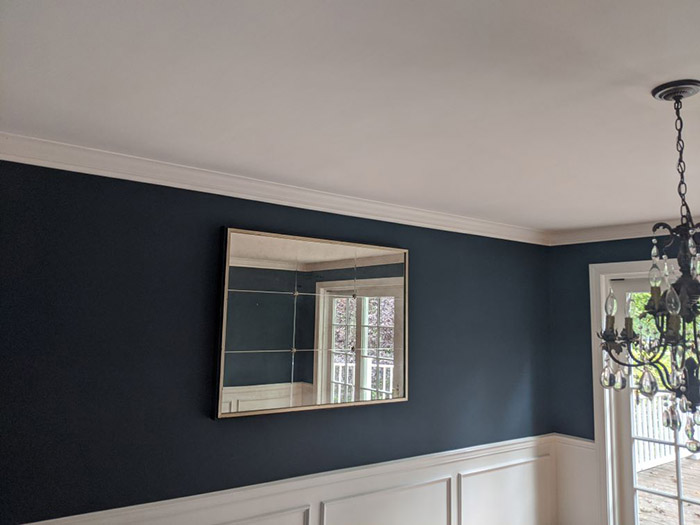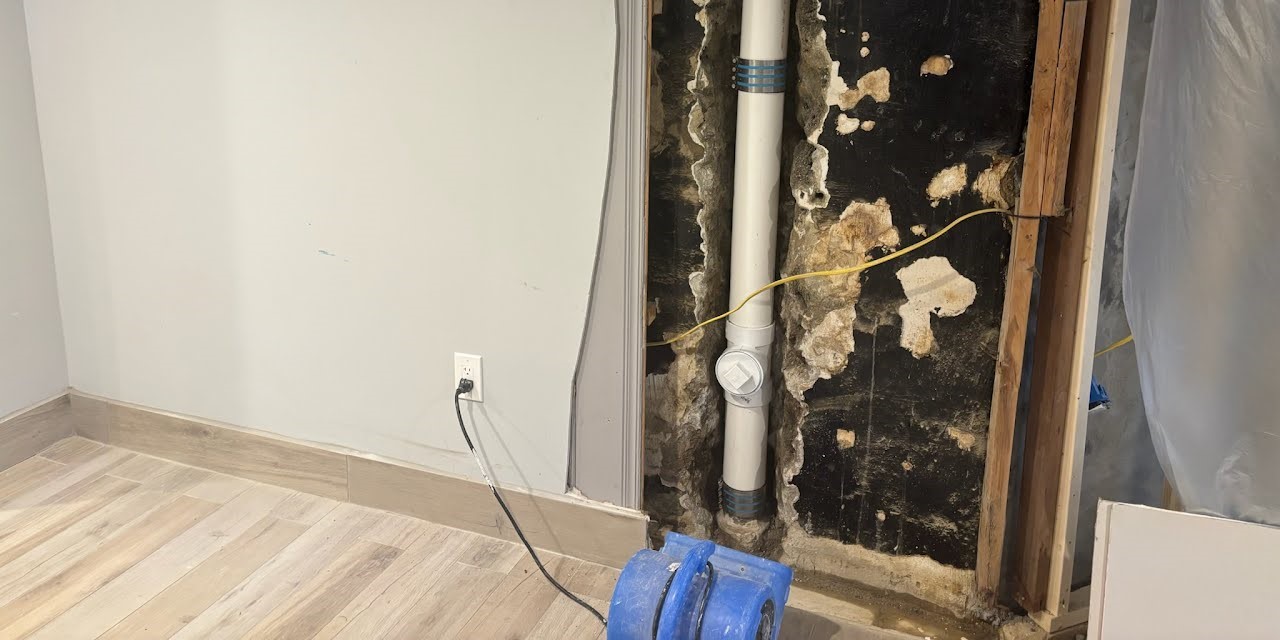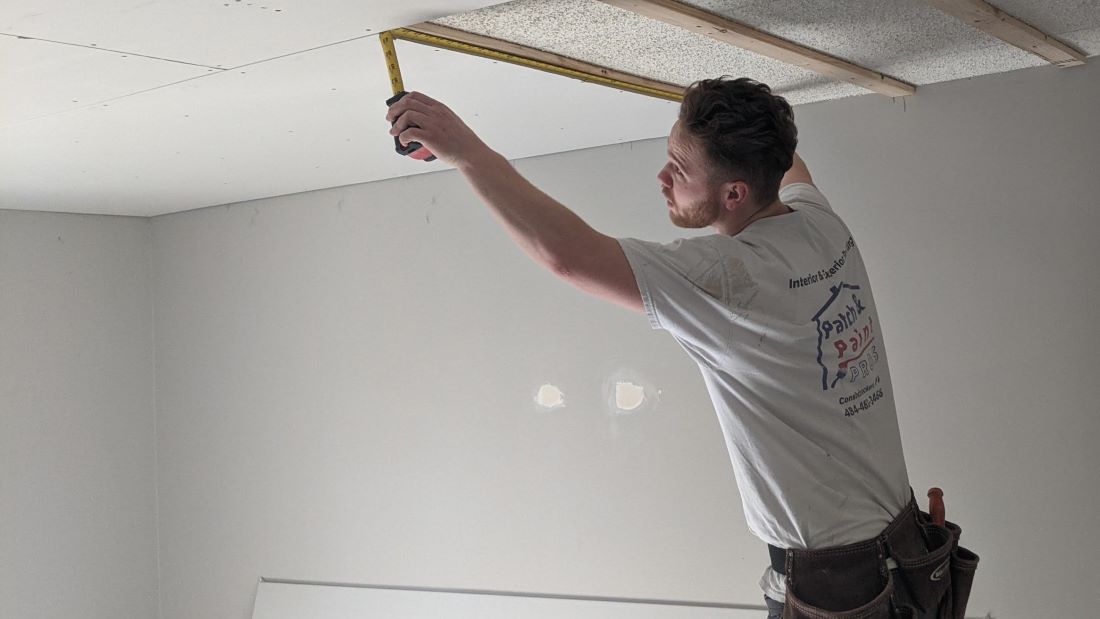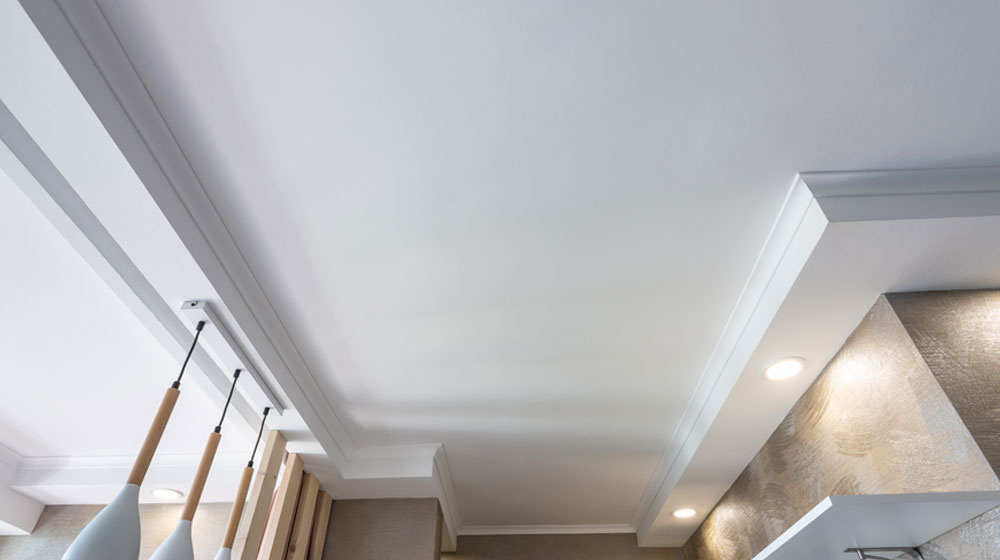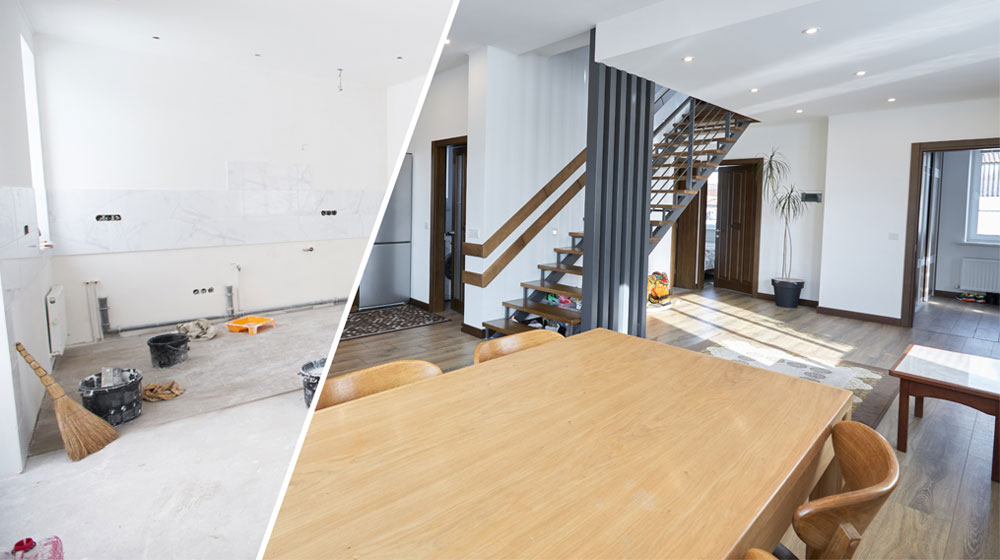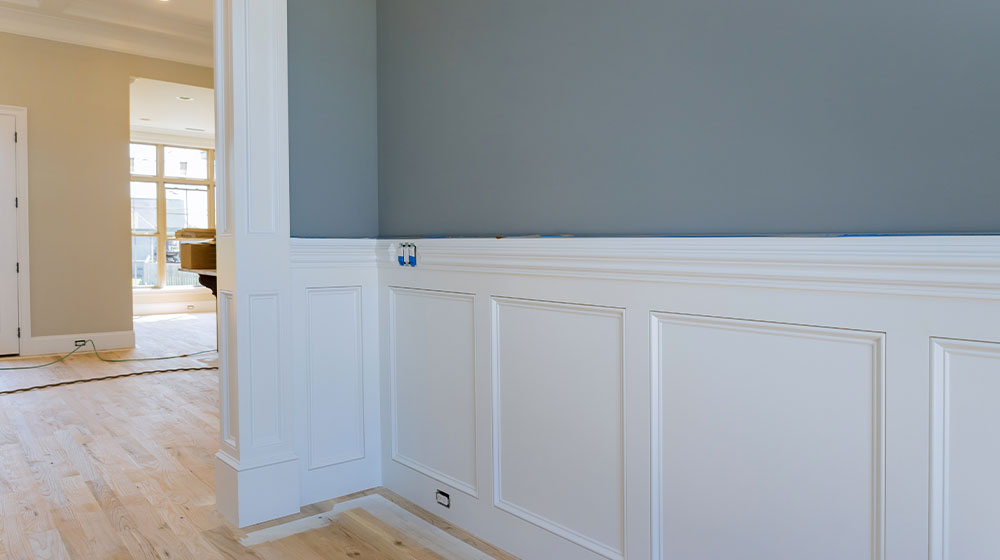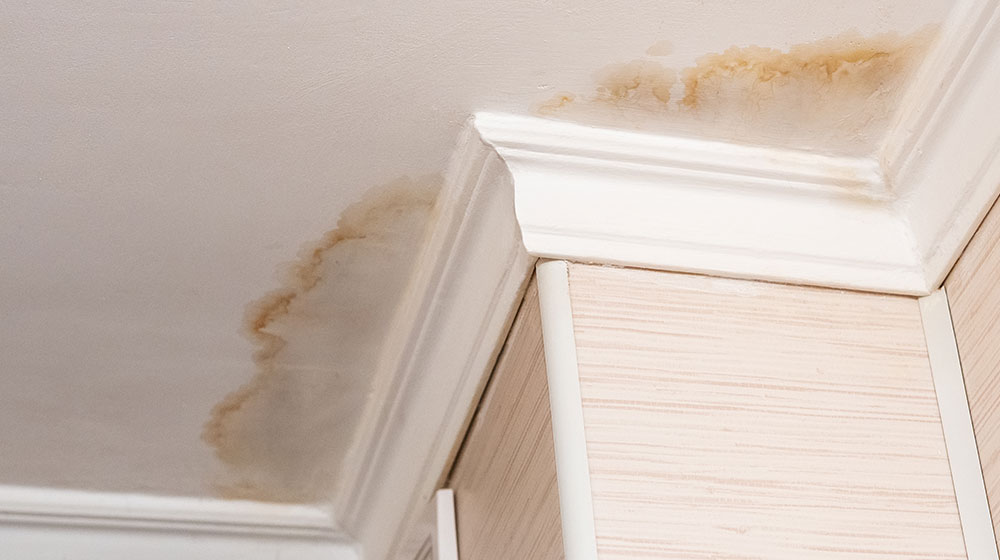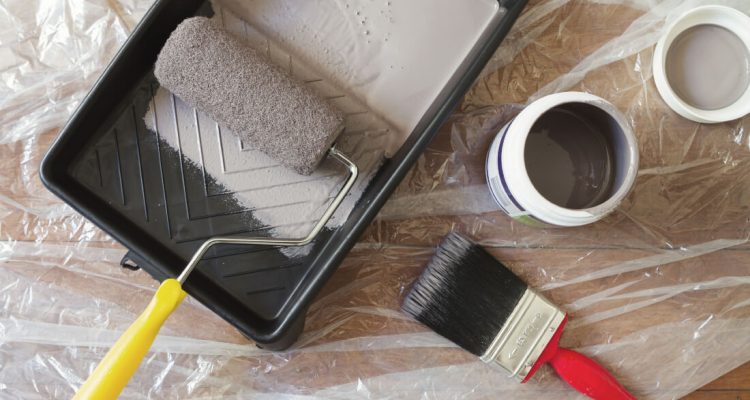
Painting a commercial office space is a big job that can be difficult if you aren’t well-versed in the nuances of the trade. Professional painting services, however, know the tricks of the trade and can help guide you through the process, so that you end up with a final product you can be proud of. In this article, we’ll cover five tips from experienced office painters to help you avoid common pitfalls and make the work of painting a commercial space go more smoothly.
What Are the Most Common Office Painting Pitfalls?
Commercial painting projects can be complicated to tackle on your own. Painting pitfalls like uneven coats, bubbling paint, or the ever-dreaded bleeding issues can not only ruin a commercial project but also add time and money costs that weren’t anticipated.
This is why commercial property owners need to have access to experienced local painters who have seen these issues before and have the necessary skills to successfully tackle them. Even though it may seem daunting, commercial painting done correctly should yield long-term results on both aesthetic and practical levels. Our team of experts will provide you with tips and tricks so you don’t fall into any of the common commercial painting pitfalls!
Not Planning Ahead
Before you start painting, it is important to plan. This can mean considering whether painting contractors should be hired, assessing which painting products you want to use, and preparing any furniture you want to move or cover. Considering these elements beforehand will allow for a smoother painting process and ensure that both residential painting and commercial painting projects are done properly.
Additionally, hiring painting contractors may be advantageous since they have the experience necessary to handle bigger painting tasks with precision and speed. With this in mind, make sure you plan before you begin painting; it will be worth it in the end!
Not Preparing the Surface
When it comes to painting an office space, preparation is key. If any existing paint is peeling or chipping, it needs to be scraped off and sanded down smoothly before applying new paint. Failing to properly prepare the surface can result in an uneven finish or unsightly drips and blemishes once the new coat of paint has dried.
Taking the time to properly prepare a commercial painting project is essential for achieving a beautiful result. If there is any existing paint that is chipped or peeling off, it needs to be scraped away and sanded down before applying new paint.
Without this important step, using a roller or brush could lead to a finish that looks blotchy – not something you want in your office space! Additionally, not prepping the surface can cause noticeable drips and blemishes once the new coat of paint has dried. Make sure to take the extra steps when it comes to commercial painting projects for an even and attractive outcome.
Choosing the Wrong Paint Color
Choosing a color for your office can be tricky since there are so many shades and hues available on the market today. When selecting a color for your space, make sure it reflects your company’s brand identity and complements any existing furniture or decor pieces in the room. You may also want to consider testing out multiple colors by using sample swatches before committing to an entire room’s worth of paint!
Applying Too Much Paint
It can be tempting to get overzealous when painting and apply too much paint to cover up more area quickly. However, this can lead to drips running down walls and leaving unsightly streaks behind once dry—not exactly what you had in mind when starting! To avoid this issue, use thinner coats of paint instead of thicker ones and wait until each layer has fully dried before applying another one on top.
Prepare Your Room for the Best Results
Preparing for a painting job is one of the most crucial steps for any commercial painting company. It involves more than simply removing furniture and carpets from the room: after all, picking out the paint color is just the beginning! Professional painters begin by conducting repairs, checking that walls are in good condition, and ensuring that all electrical outlets are properly covered. Once this important phase is completed, painting can truly begin – and you will rest assured knowing your project was executed with precision.
Choose the Right Paint
Choosing the right interior and exterior paint for a commercial office can make all the difference. A successful interior painting project requires selecting high-quality paint that meets specific requirements. Finding the perfect color, texture, and type of paint should take into consideration how much use the room gets, the level of foot traffic and any desired decorative elements to create a beautiful and lasting interior finish.
Similarly, when it comes to an exterior painting project, picking the right paint is key for creating a weather-resistant result that will look great for many years to come. No matter what commercial office painting project you are working on, there is no one-size-fits-all approach. Taking the time to research interior and exterior paints can help ensure you get the best possible results that reflect your desired aesthetics.
Use the Right Tools and Techniques
For commercial businesses or any ambitious paint job, using the right tools and techniques can make all the difference. Essential tools for professional painting include tape, brushes, and rollers; knowing how to effectively use these tools is paramount. As a commercial business, it is important to understand the various methods of brushwork, like feathering strokes out at the ends and layering smaller strokes on top of larger ones.
Equally as important is rolling; if you are looking for a streak-free finish, zigzag strokes make sure that commercial standard is met. Investing in good quality materials matched with the right techniques will cater to your commercial business with a high-quality paint job.
Don’t Cut Corners
It may be tempting to try and speed up the painting process by taking shortcuts, but this can lead to a subpar finish. Professional painters are experts in time management and know the value of doing the job right the first time.
Painting a commercial office space can be a challenging project, but if you consult with an experienced office painter, you can avoid unnecessary challenges and enjoy a beautiful, professionally finished result. Following the tips outlined here can help you avoid common pitfalls and result in a job that you can be proud of. With the proper preparation, planning, and execution, you can ensure a great result that will last for years to come.

